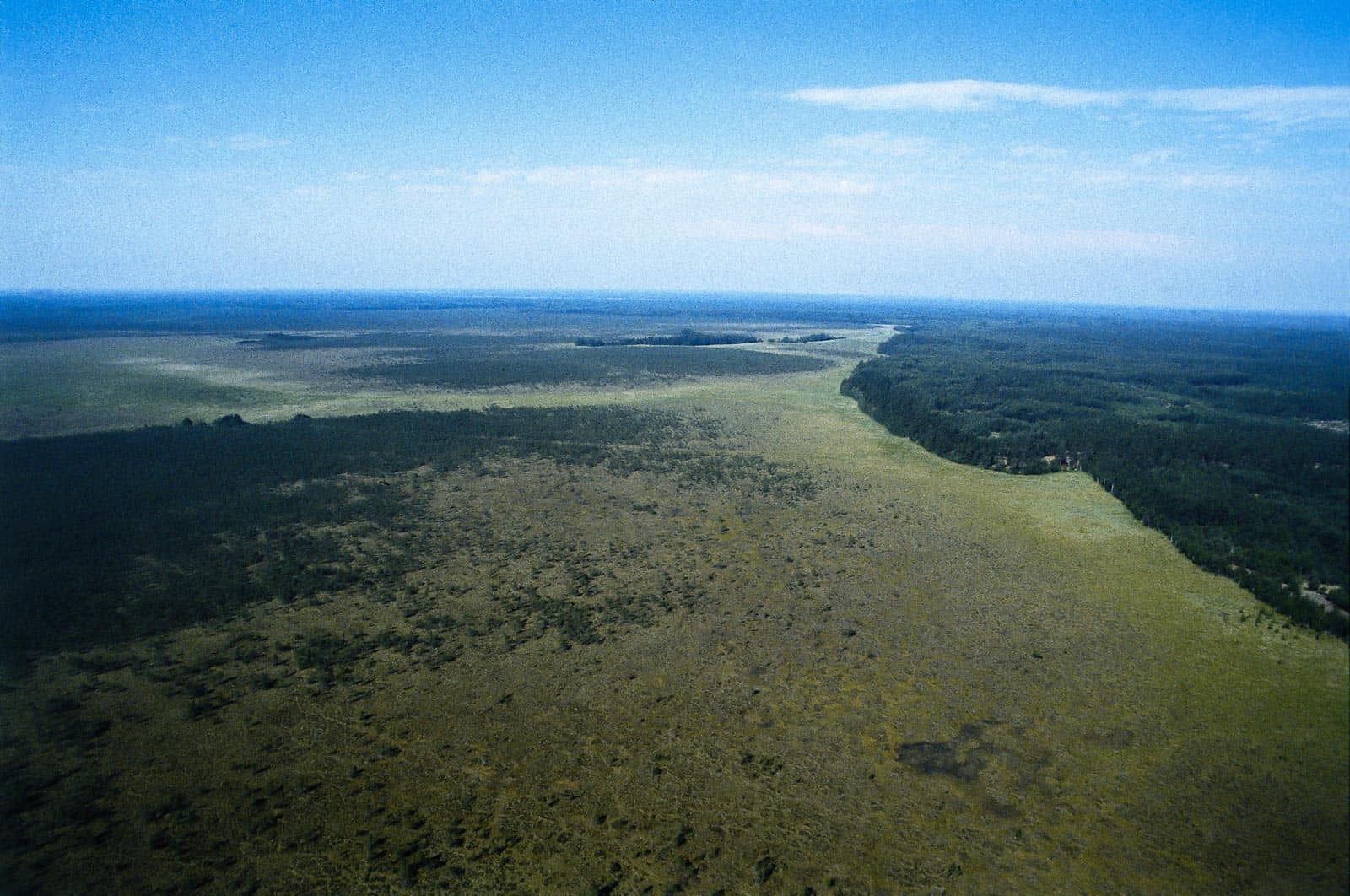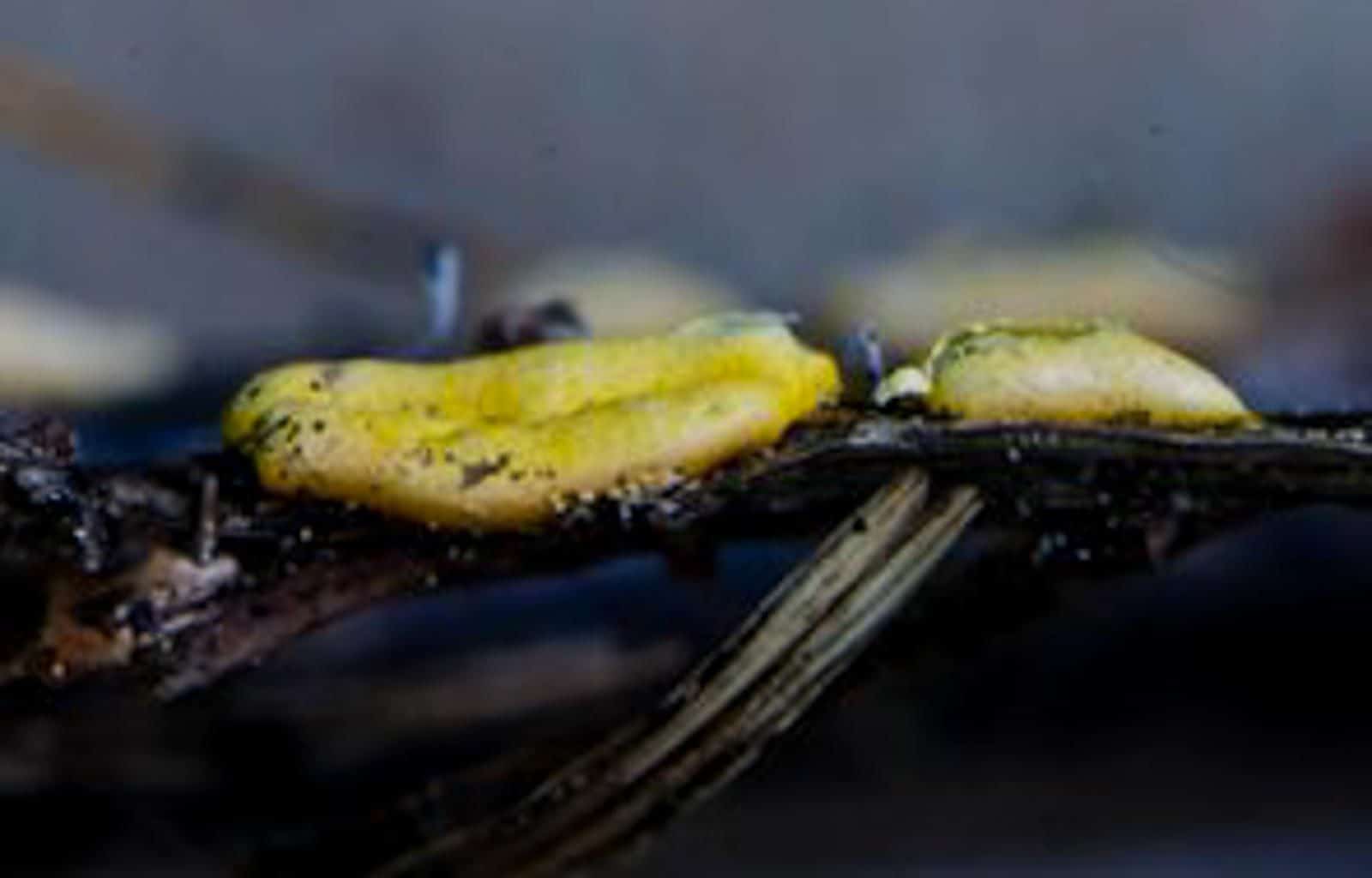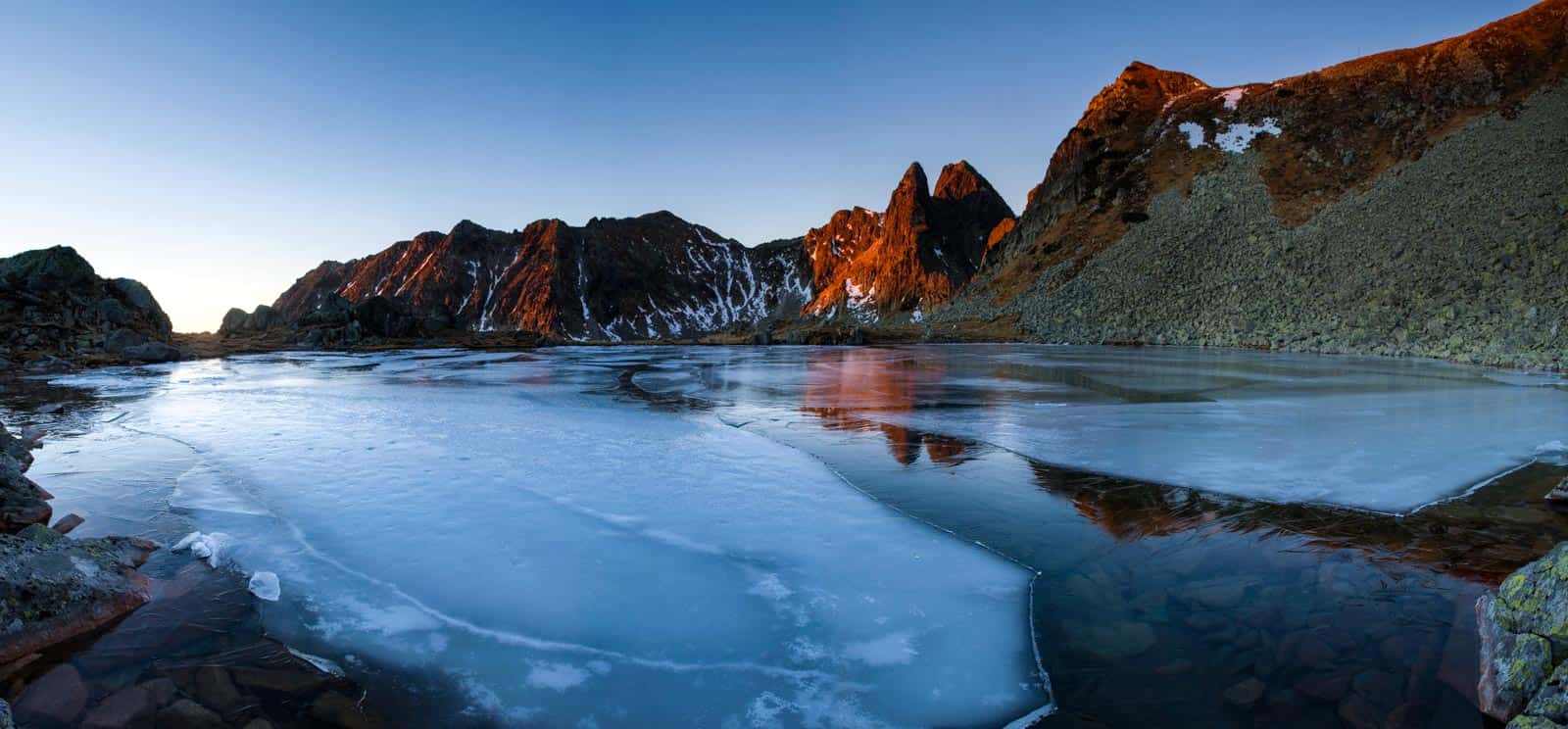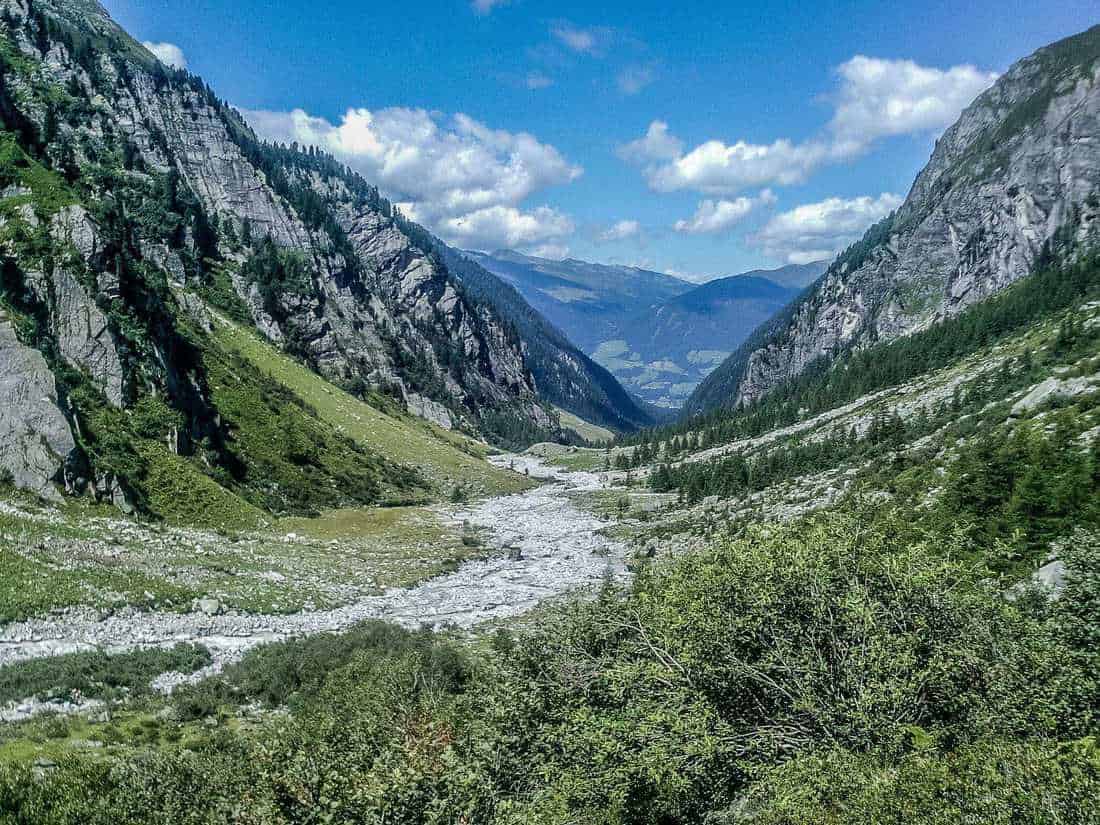Protected areas in Lithuania: Part 1 – Nature reserves
Lithuania is a small, but beautiful and rich Baltic country just above Poland. By ‘rich’ I do not mean economically rich, because Lithuania’s richness can hardly be measured with money. Lithuania is the home of many diligent people and it is rich in history, colourful culture, tasty cuisine and, foremost, beautiful and wild nature. The Lithuanian government understands the importance of these qualities and wants to preserve them for future generations. Hence, they created a network of protected areas in Lithuania immediately after independence in 1990. In a series of postings, I will present the most interesting protected areas in Lithuania. This first part focuses on strict nature reserves.
Please also read: Čepkeliai reserve Wilderness
Protected area system
Unlike other countries, the Lithuanian protected area network was created to protect not only nature, but the complexity of nature and cultural heritage as a whole. It also aims to preserve ecological balance and biodiversity and to promote sustainable use, restoration of natural resources and ethnocultural traditions, while at the same time allowing scientific research, nature tourism, environmental and ethnocultural education.
Currently, protected areas of all protection levels cover 17,64% of Lithuania’s area. All of the protected areas in Lithuania are managed by government institutions. Nevertheless, private people can purchase land within some protected areas and even carry out construction work, logging, tourism or business. But strict regulations for all of these activities are in place.
Strict nature reserves
There are four state nature reserves (IUCN category Ia) and two state cultural reserves in Lithuania. They are significant enough to be managed by independent institutions. In addition, there are 36 nature reserves that are within larger protected areas. Any human activity, including camping, hiking, logging or hunting is strictly prohibited in nature reserves. However, most of them have at least one educational trail, that allows tourists to have a glimpse of the forbidden beauty (tourists are obliged to arrange visits to these trails with the managing institution of the nature reserve). Below, I will present the four largest nature reserves.
Čepkeliai reserve

Čepkeliai reserve is 11 227 ha of swampland in the south-east corner of Lithuania. It is the largest reserve in the country, that was established in 1975 and remains wild ever since. The swamp is surrounded by peculiar land-locked dunes and tundra-like plant communities. These habitats are home for rare plant and animal species, such as Western Capercaillie (Tetrao urogallus), Hoopoe (Upupa epops), Grey Wolf (Canis lupus), Eurasian Lynx (Lynx lynx) and many more. Čepkeliai reserve was nominated as a Ramsar area together with Kotra Landscape Reserve in Belarus in 1993. The European Widlerness Society also recognised Čepkeliai as a Platinum quality Wilderness in 2011.
[
Kamanų reserve

Kamanų reserve is located in the north of the country and was established in 1979. It is 3 961 ha of swampland, little lakes and mixed forest, surrounded by heavily used agricultural land and big factories. Within the reserve, there are more than 120 little lakes, which are impossible to reach by foot, since they are surrounded by swamp. They are extremely favoured by migrating birds in spring and autumn. It is also rich in protected plant, insect and amphibian species, such as Northern Crested Newt (Triturus cristatus), Large copper (Lycaene dispar), Old World Swallowtail (Papilio machaon), Black Stork (Ciconia nigra), Lesser Spotted Eagle (Clanga pomarina). Kamanu reserve is protected under the Ramsar convention.
Viešvilės reserve

Viešvilės reserve is 3 219 ha of forest, swamp, meadows, rivers and land-locked dunes located in southwest of Lithuania. The main feature of this reserve is the 21.4 km long Viešvilė river (15 km within the reserve), which is one of the most natural rivers in Lithuania flowing through a forest. It starts from a lake, slowly winds through bogs and continues through forested plains. Unfortunately, just outside the reserve, Viesviles river is tamed by two man-made dams. The reserve homes many endangered and common species, including Eurasian Beaver (Castor fiber), Eurasian Otter (Lutra lutra), Black Grouse (Lyrurus tetrix), 19 species of beetles included in Lithuania’s Red Book, various owls, woodpeckers and many more. This reserve is also protected under the Ramsar convention.
Žuvintas biosphere reserve

Žuvintas biosphere reserve is 5 983 ha large and located in the south of Lithuania. Žuvintas lake in the middle of the reserve was declared the first protected area in Lithuania in 1937. It is the only protected area in Lithuania that has been included in the UNESCO network “Man and Biosphere” and it is also part of the Ramsar convention network. Žuvintas reserve involves lake, forest and wetland ecosystems. Even though the Žuvintas lake covers a large area (975 ha), it is very shallow – average depth is 0,6 m and the deepest point is 2.2 m. The reserve is favoured by insects (2 080 species), fish (21 species) and birds (250 species).
All of these protected areas also have Facebook pages, where managers share photos and updates about life in a reserve – and information about animals, plants and visiting.
Stay tuned for Protected areas in Lithuania: Part 2, where I will briefly present the colourful National parks of Lithuania.







